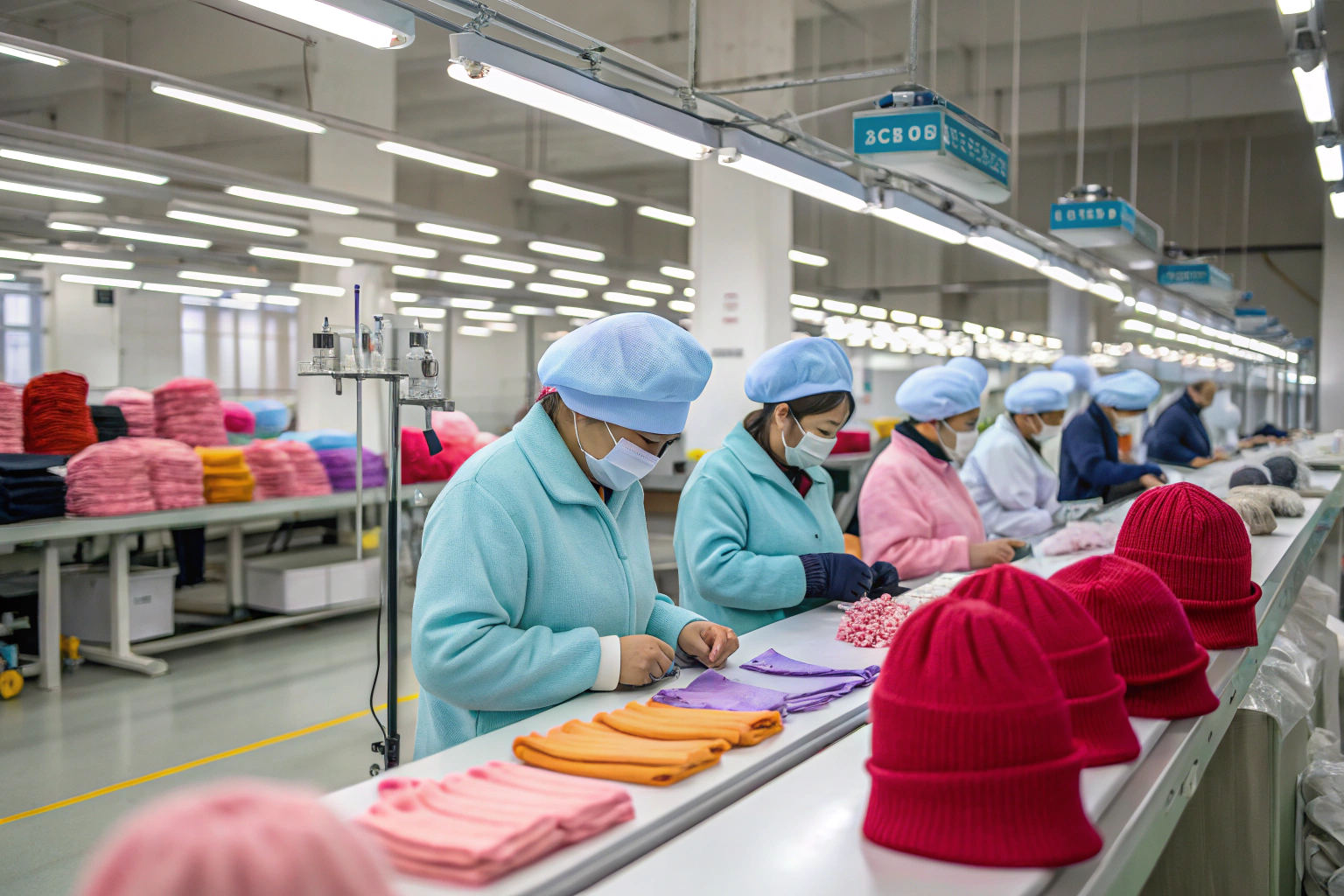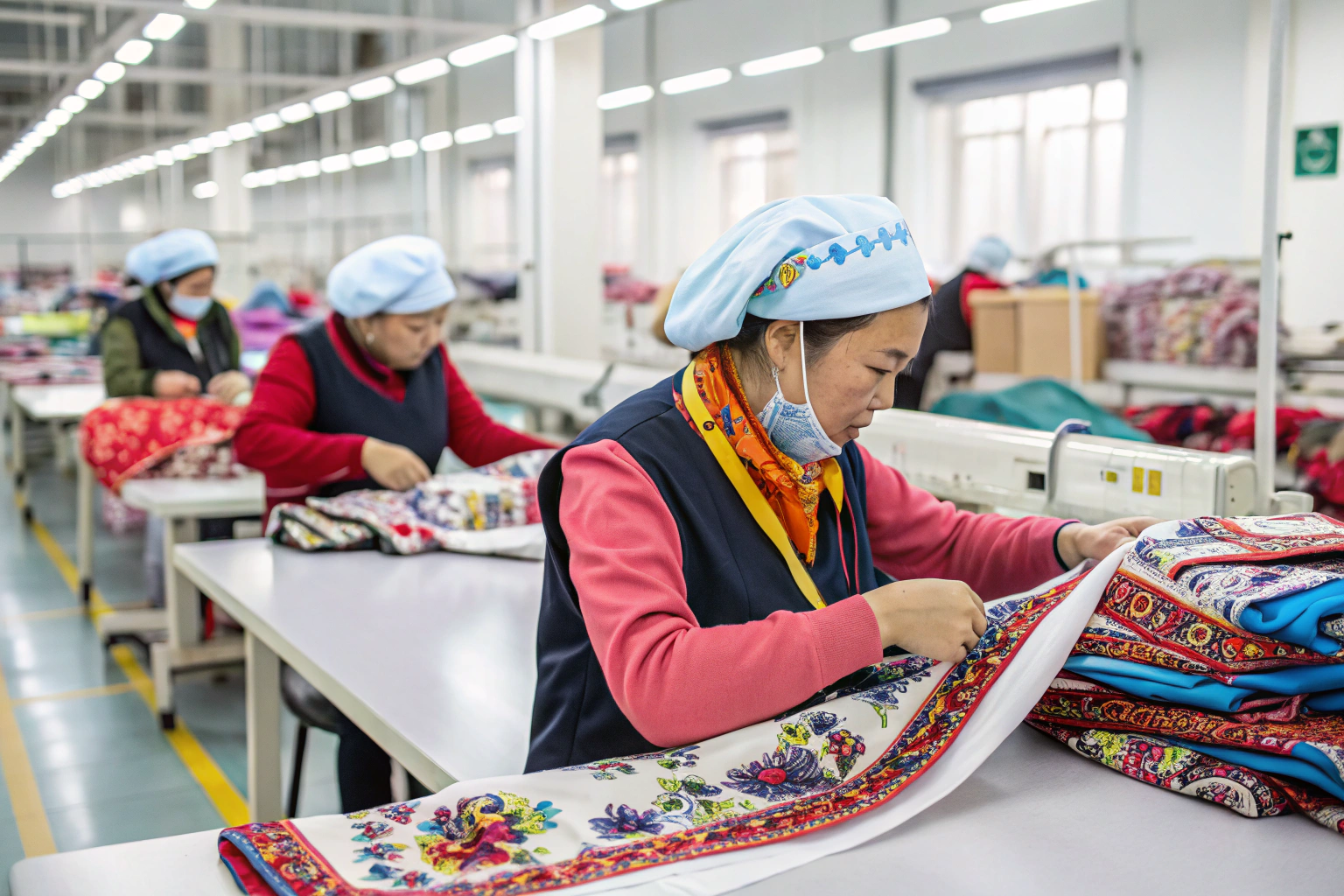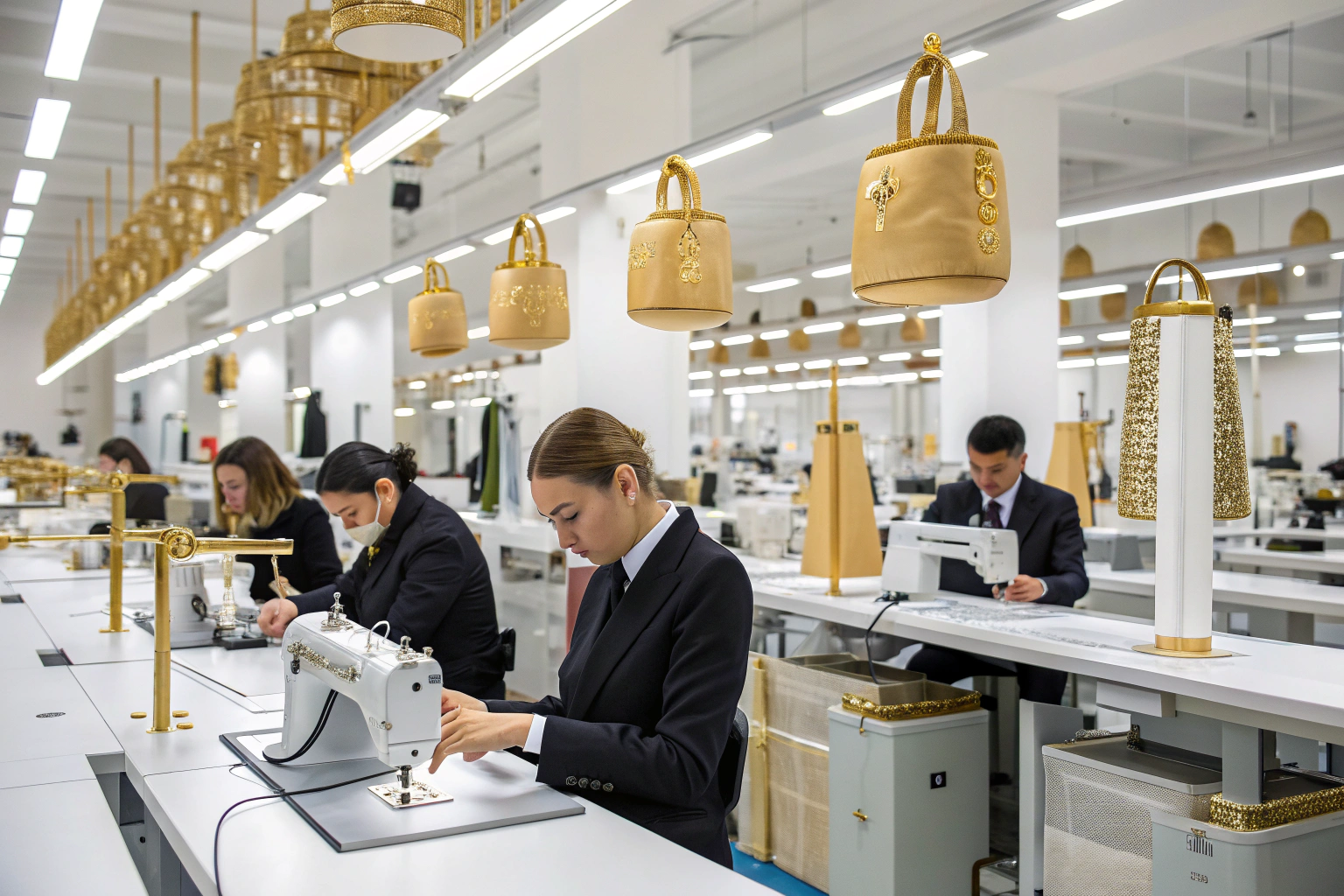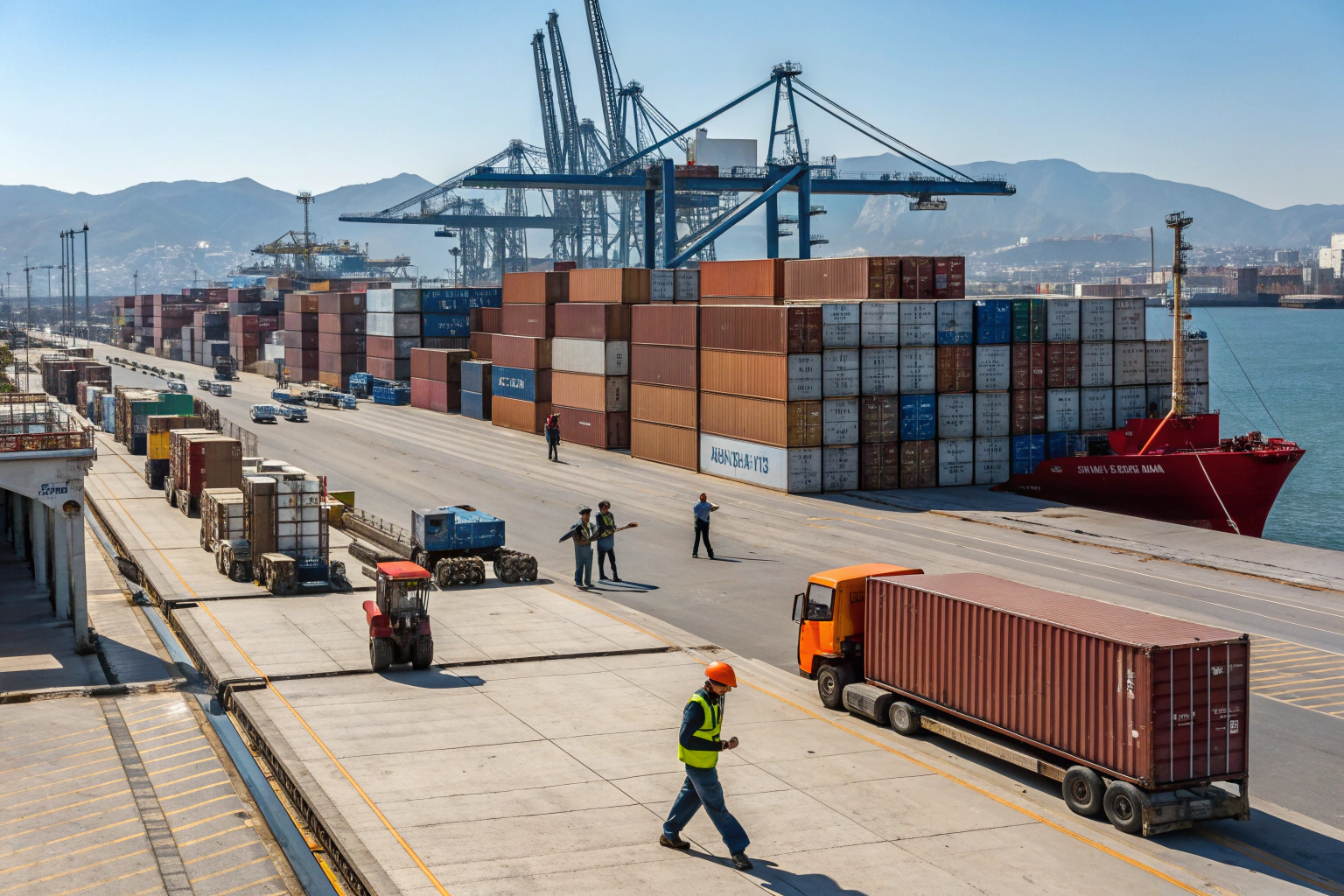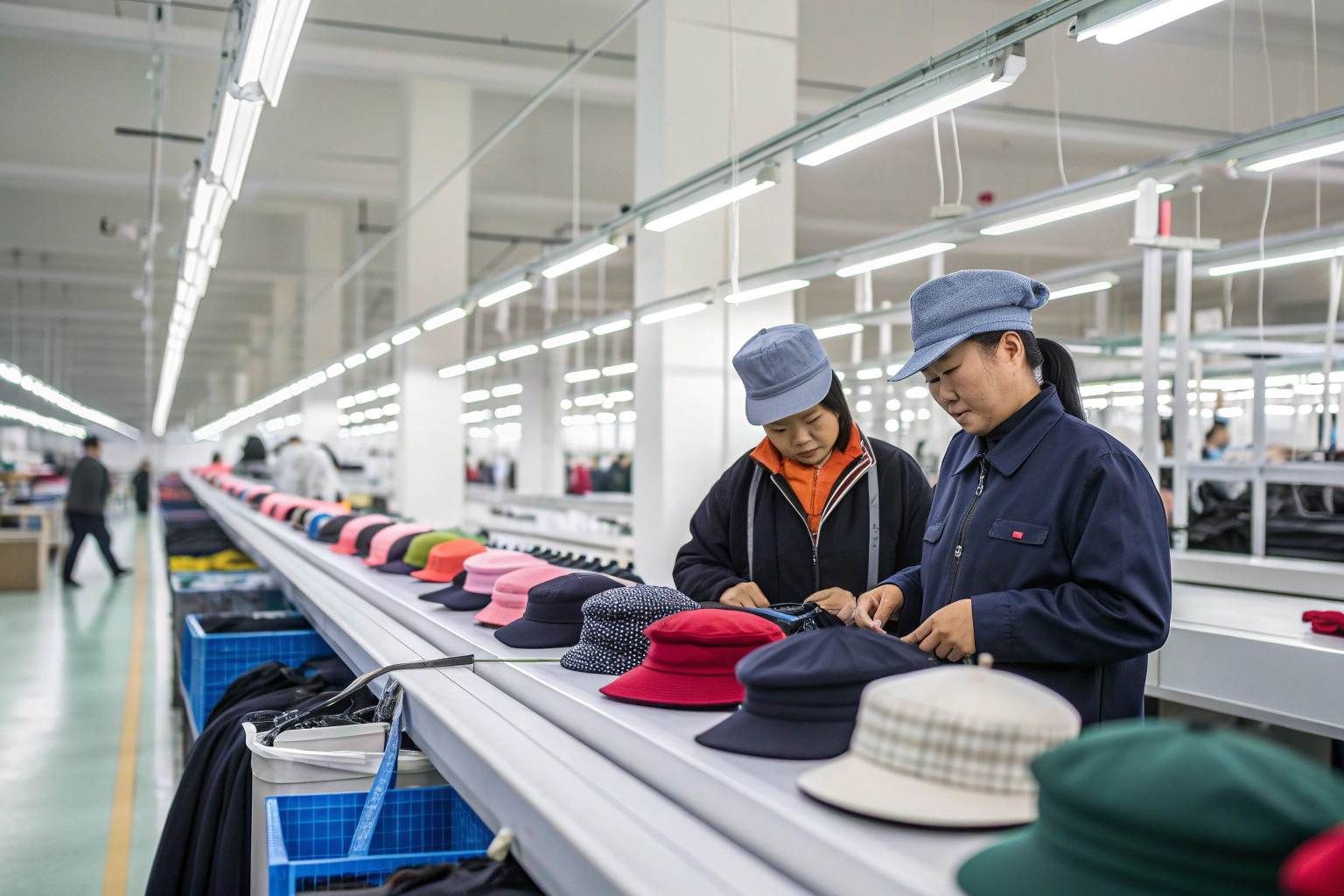When your accessory shipment gets stuck in customs, every day counts. Missed delivery dates mean frustrated retailers, canceled orders, or empty shelves during key sales seasons.
New customs tech solutions—from AI document scanning to blockchain tracking—are speeding up clearance and reducing errors for accessory importers worldwide.
At AceAccessory, we stay ahead by adopting digital customs tools and working with logistics partners who prioritize tech-enabled clearance. Here’s how your shipments can benefit.
How can I speed up customs clearance?
Slow customs clearance can destroy your delivery schedule. But there are ways to avoid it—most involve tech upgrades and better coordination between suppliers and importers.
To speed up customs clearance, use digital pre-entry systems, automated document filing, EDI integration with brokers, and ensure accurate HS codes and invoice data before departure.

Top Strategies to Accelerate Clearance
| Action | Why It Works |
|---|---|
| Use Harmonized HS Codes | Ensures proper tariff classification |
| Submit Pre-Arrival Documents | Allows customs to start review before shipment lands |
| Partner with AEO-Certified Suppliers | Trusted traders enjoy expedited lanes |
| Digitally Share Invoices and Packing | Eliminates errors and file misplacement |
| Work with Brokers Using EDI Systems | Real-time updates and faster filing processes |
At AceAccessory, we pre-load documents into clearance platforms like ACE (Automated Commercial Environment) for the U.S. before shipments leave port, cutting down idle port time.
What are the new technologies in customs?
Modern customs operations are no longer about stacks of paper and rubber stamps. Tech has taken over—and that’s a good thing for importers who value speed and compliance.
Customs agencies are now using AI-powered risk profiling, blockchain recordkeeping, OCR invoice scanning, and integrated pre-clearance platforms for smoother processing.

Emerging Customs Tech Tools
| Technology | Customs Function |
|---|---|
| AI Risk Algorithms | Automatically flag high-risk or fake shipments |
| OCR (Optical Character Recognition) | Digitizes invoices and packing lists faster |
| Blockchain-Based Trade Docs | Prevents document fraud and improves visibility |
| Smart Port Sensors | Tracks container location in real-time |
| Mobile Apps for Declarations | Allow importers to file or view status remotely |
For example, China Customs has expanded the Single Window platform that lets exporters file declarations, inspection results, and logistics status all in one place—no redundant paperwork.
What is the automated customs clearance system?
If your broker or freight forwarder still waits in line or mails documents, you’re already behind. Automated clearance systems are the global standard now.
An automated customs clearance system processes and approves import/export declarations using integrated software and databases—minimizing human delay and boosting accuracy.

How It Works
- Shipper submits digital documents via XML or API upload
- System cross-checks HS codes against tariff schedules
- AI checks for risk flags (e.g., dual-use items or blacklisted entities)
- Auto-approval or instant alert to customs officer if needed
- Release notification sent digitally to consignee and carrier
Many freight forwarders we work with in China are integrated with ACE (USA), ICS2 (EU), and other major global clearance systems. This makes real-time coordination with buyers much easier.
What are the three customs release methods?
Understanding how goods are released helps you plan logistics more precisely. Different countries use different release methods, and choosing the right one can impact lead times.
The three customs release methods include immediate release, conditional release, and warehouse release—each depends on documentation, inspection outcomes, and cargo status.

Summary of Customs Release Methods
| Release Method | Description | When Used |
|---|---|---|
| Immediate Release | Goods cleared at port based on submitted documents | When documents are 100% accurate |
| Conditional Release | Goods released pending further inspection or docs | Missing certificates, valuation issues |
| Bonded Warehouse | Goods stored until taxes or paperwork are completed | Often for delayed payments or re-export intentions |
At AceAccessory, we help clients avoid conditional release by triple-checking documentation before loading. If inspection is triggered, we proactively manage it with customs brokers on-site.
Conclusion
Tech is changing how customs works—and fast. By embracing AI clearance systems, digital documentation, and secure trade platforms, importers of accessories can clear faster, ship smarter, and stay compliant at scale.


